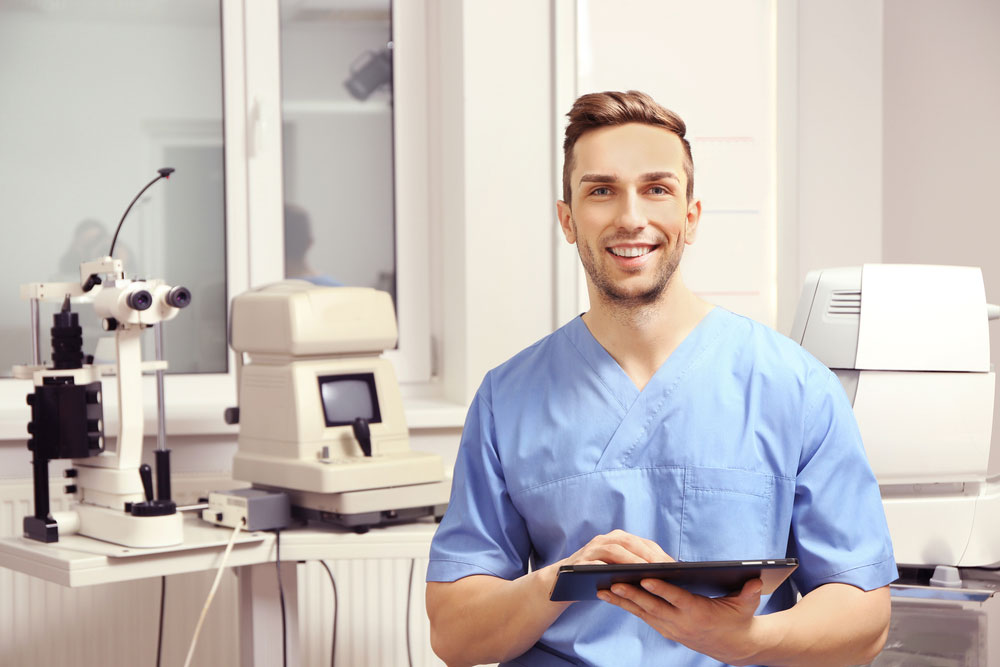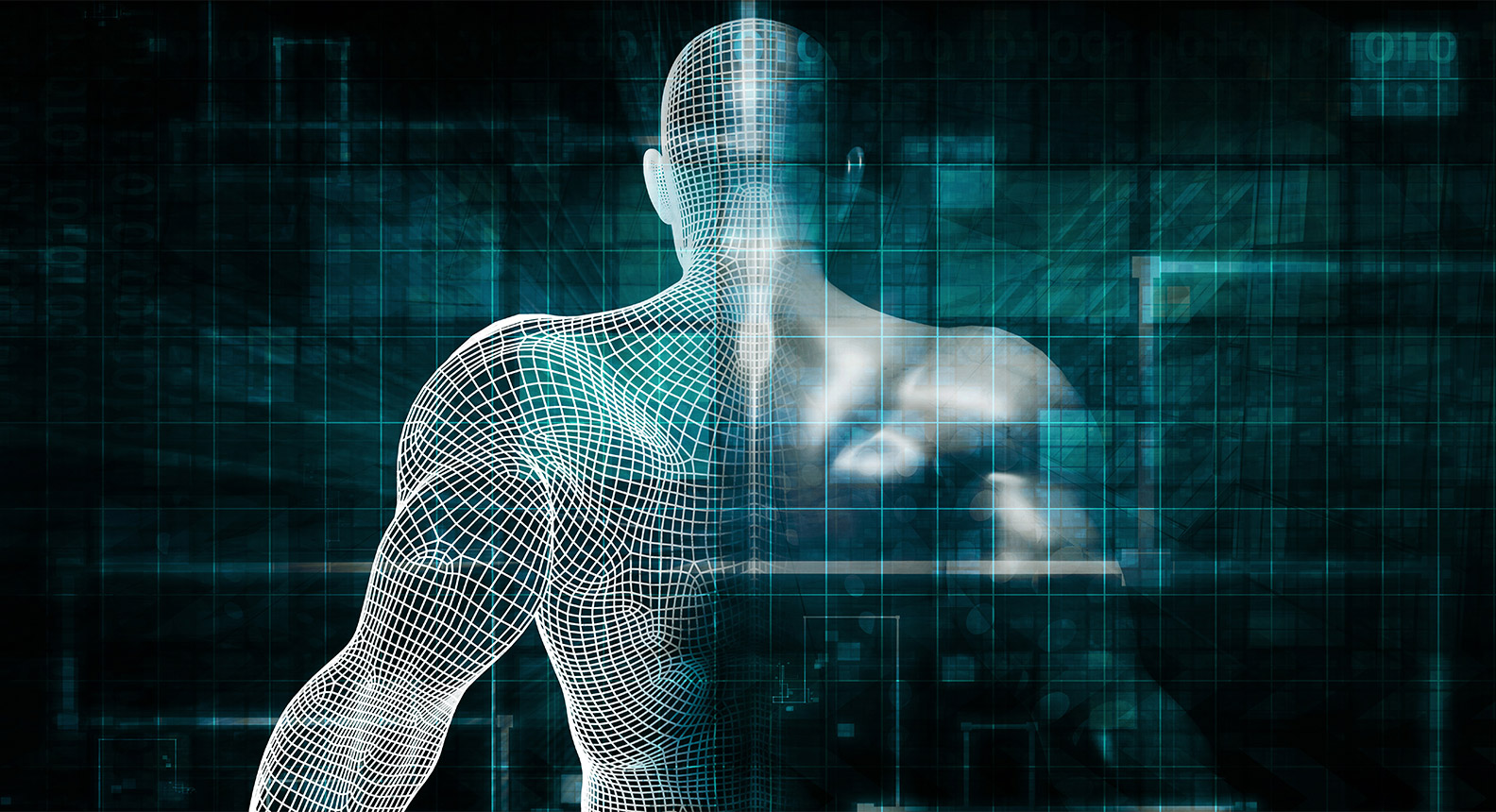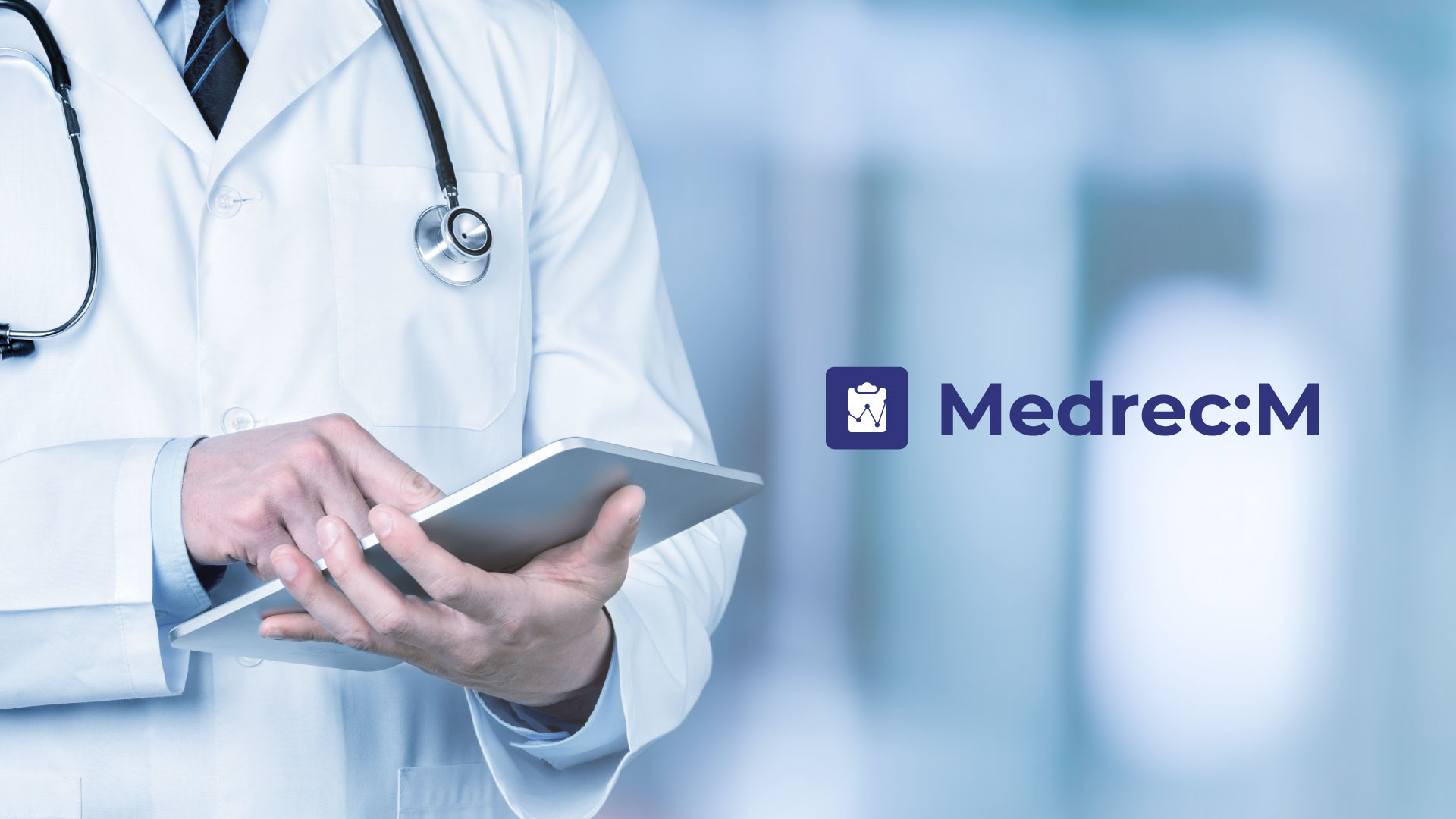Is the post-pandemic recovery the best time to step up the technology implementation in healthcare?
Everybody knows the internet has already transformed our lives. So did the COVID-19 pandemic. The global outbreak of the disease has affected almost every industry, business, and human activity. It is not only the way we communicate or stay in touch with family and friends. It has changed our shopping routine, the way we purchase goods and services, the way we work, our willingness to travel and gather with friends, and even our personal preferences on how to be treated or served by health care professionals.
In the last decade, we are witnessing many successful examples of how technology is entering every corner of medicine and becoming part of the routine activities of both general practitioners and medical professionals. There will be no doubt that telemedicine service delivery is going to be a vital part of our modern life in the post-pandemic world.
What is telehealth?
The general definition states that telehealth is the use of communication technologies, such as computers and mobile devices, to access health care services remotely and manage your health care. It involves communication and data exchange between a patient, a General Practitioner doctor, a specialist doctor, and a medical care provider. It can be used to treat chronic conditions, monitor patients remotely, provide medical education, and expert consultations.
For instance, telehealth could help you if you have diabetes. You may likely help yourself doing all or some of the following actions, that are very common for this chronic condition:
- Use any electronic device – mobile phone, tablet or computer to upload your daily logs of food intakes, medications, and blood sugar levels for review by a medical specialist;
- Get your test results, schedule appointments, request prescription refills or email your doctor via an online patient portal;
- Use an app to estimate how much insulin you need, based on your diet and exercise level;
- Control the carbohydrates;
- Order supplies and medications online;
- Get a mobile retinal photo screening at your doctor’s office rather than scheduling an appointment with a specialist.
- Receive text, phone, or email reminders when you need preventive checks as a flu vaccine, foot exam, etc.
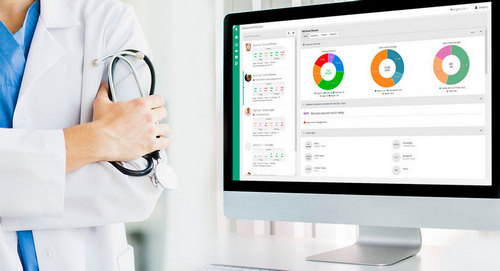
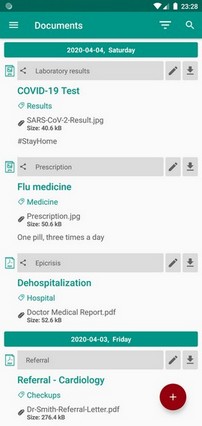
The ultimate goal of telehealth is to make health care accessible to people who live in rural or isolated areas. It also strives to deliver services more conveniently for people with limited mobility or transportation options and for those who may have not enough time to access medical specialists. Last but not least, telemedicine is a powerful tool to provide support for self-management of health care.
Let‘s illustrate the options of telemedicine with the most common use cases:
Patient portal
The communication via an online patient portal offers an alternative to email. The latter is considered as a generally insecure means to communicate about private medical information. Instead, the patient portal provides not only a more secure online environment but also a single point of communication to any specialists you may need. The web portal makes it possible to:
- Communicate with your doctor or a nurse on a regular base.
- Store of test results and summaries of previous visits.
- Schedule appointments or request appointment reminders.
- Request prescription refills.
- Access important information and updates for the medical practice that serves you.
- Be part of a more advanced health care platform and a pool of specialists.
Virtual appointments
Some practices may provide virtual appointments that enable you to see your doctor via online videoconferencing. So, there is no need for ongoing care from your doctor to be in-person if the patient does not have any health issues. It also can replace the visits in case of epidemics and flu outbreaks.
There are also web-based “visits” with a doctor or nurse practitioner. These services are intended for minor illnesses, similar to the services available at drop-in centers. Some large companies provide access to virtual doctors’ offices as a part of their health care offerings.
The medical practitioner can prescribe medications, recommend additional medical care, and suggest self-care strategies the patient can apply at home. Of course, such a service delivery model has drawbacks, and it should be considered as complementary not as replacing primary health care.
Remote monitoring
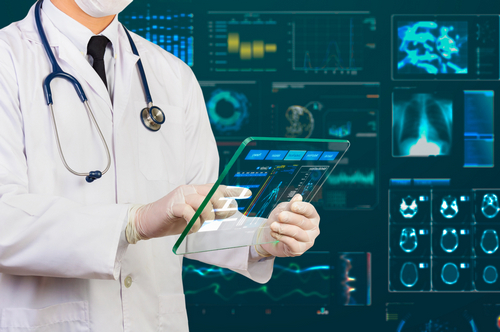
Another way to utilize technologies that enables your doctor or health care team to monitor your health remotely includes a variety of applications and wearable devices that allow uploading information. As an example, the wearable devices automatically record and transmit data, such as heart rate, blood glucose, gait, posture control, tremors, and physical activity or sleep patterns.
The second way where remote monitoring may play a crucial role is home monitoring for older adults. For them and people with dementia, the sensors and cameras installed at home can help to detect changes in normal movement such as falls or long periods of inactivity.
Doctors collaboration with peers

The easiest way for doctors to benefit from technology and provide better care for their patients is by using virtual consultation with their peers. This means allows General Practitioners to get input from specialists when they have needed additional guidance about a particular diagnosis or treatment plan. The patient record, which consists of exam notes, history, test results, X-rays, or other images, can be sent to a specialist to review.
The specialist may respond via mail, or videoconference, or can conduct a virtual appointment with you at your doctor’s office or request a face-to-face meeting in case of complications and a need for a thorough examination. These virtual replacements of in-person consultations prevent unnecessary appointments to a specialist, reduce wait times, and eliminate inessential travel.
Personal health records(PHR)
Probably, this is the first thing that each medical practice should implement in their workflows. A digital personal health record is the gathering of information about personal health in a way that the patient can control and maintain. The personal health record is accessible anytime via the internet to any electronic device.
In case of emergency, the PHR allows access to vital information, such as primary doctor’s contact information, patient diagnoses, medications, drug allergies, etc. With the help of better PHR management, many mobile applications enable consumers to better organize their medical information in one secure place. Their main functionalities include storing personal health information, record vital signs, caloric intake calculator, reminders for medicine/food intake, recording of the physical activity, etc.
What are the most valuable outputs of the fast adoption of telemedicine use cases?
Technology has the potential to improve the quality of health care and to make it accessible to more people. Telemedicine enlarges opportunities before doctors and patients and makes health care more efficient, better coordinated, and closer to home.
Are you looking for a telemedicine solution for your clinic or hospital? Contact us if you want to explore our technology!
